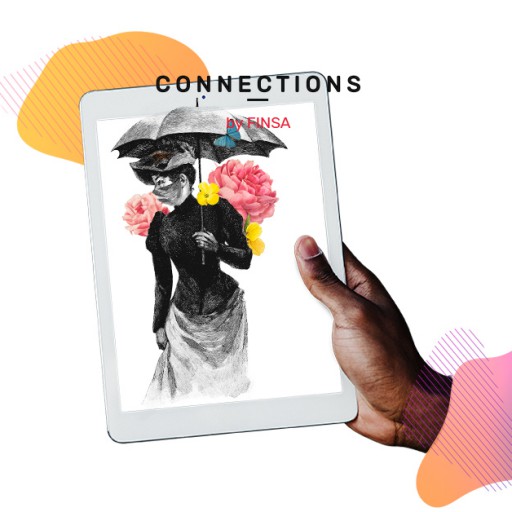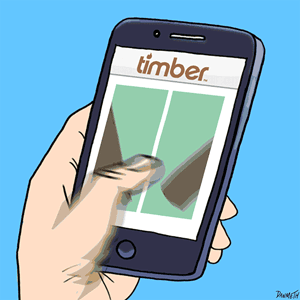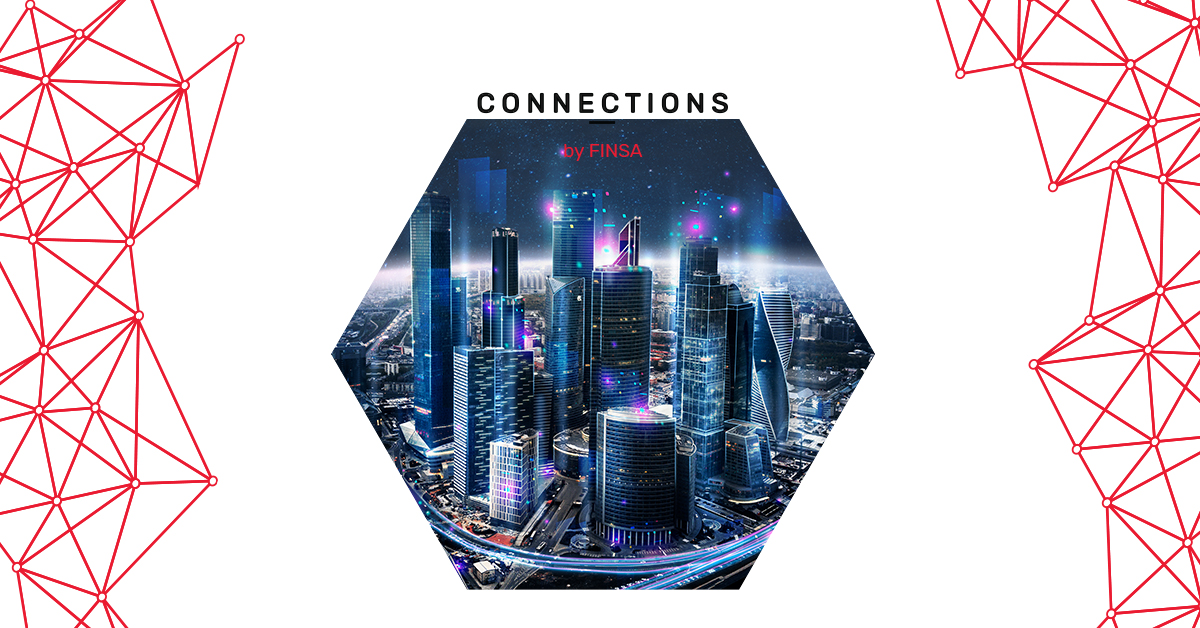Family tradition eventually left its mark on Francesc Rifé, even though in his youth, he leaned towards the world of sports. He trained in interior design and industrial design and started in technical architecture studies. In 1994, he founded his own firm, Francesc Rifé Studio, and since then, he has centered all his work (of which we’ve selected six projects in this post) around four unmistakable characteristics: craftsmanship, minimalism, spatial order, and geometric proportion.
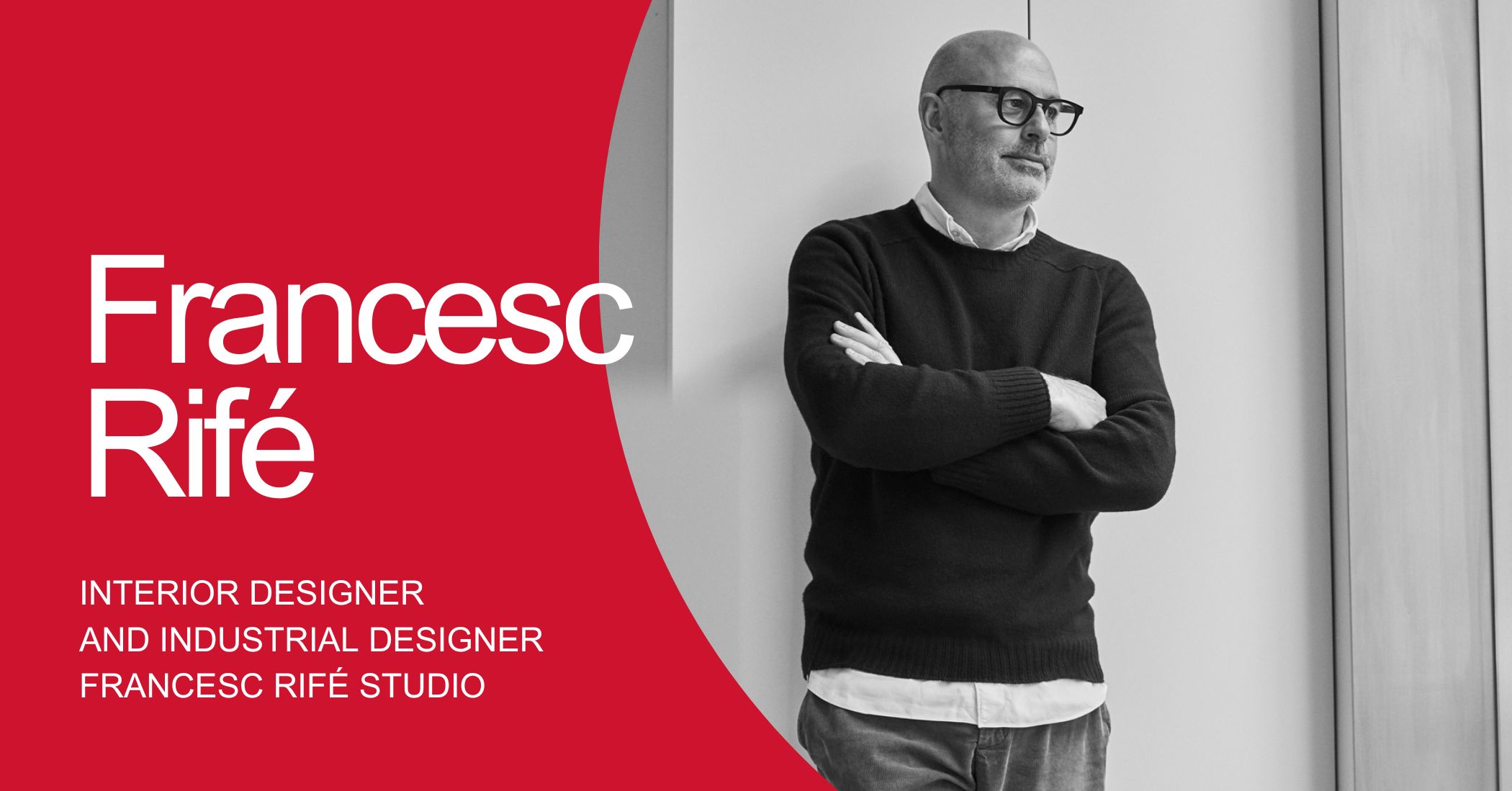
How did you decide to become an interior designer? Has your family’s heritage, linked to craftsmanship, influenced this decision?
My family had a furniture and carpentry business. When I was younger, I lent a hand in the business, even though initially my intention was not to follow the family tradition. I was very involved in the world of sports, and I could consider this career change as a last-minute decision.
After nearly thirty years of your career with your own firm, how would you define the keys to good interior design?
I would say that it’s what I try to apply: education is important, and there’s also an element of luck that places you in a position where you can develop in a specific way. In my case, my interest in oriental culture led me to work a lot in Japan and China.
Ultimately, what’s important is to have a clear sense of your values and perspective and make that endure. We shouldn’t fall into the trends or constant change that characterizes this profession, which is sometimes creative but at times seems like anyone can decorate or design.
Recently, there has been a discussion about the appropriateness of artificial intelligence in the work of architecture and interior design professionals. What is your opinion on this matter?
I’m amazed by the changes it brings. I’ve been in projects where it seemed like there was a person right next to you located in Shanghai. It’s not something new because the movies immersed us in all these possibilities long ago.
Right now, I find it hard to understand how these innovations will fit in with current tools. I believe we are in the process of figuring out how to integrate it all. I suppose it will be like the moment when we transitioned from incandescent to LED lighting, which radically changed the design landscape: we went from having large lamps to virtually paper-thin ones. These are significant changes, and we need to adapt to them.
How do you manage to develop a successful design in places as culturally and aesthetically different as Spain or China?
In the last ten to fifteen years, we create a global design where there aren’t as many differences. Globalization has made clients in China want European design, and European clients want Chinese design. For example, in Beirut, they told me not to try to replicate the local aesthetics but to apply what was stylish in Spain.
As I said, the key is to maintain your style and, strategically, introduce subtle cultural nuances.
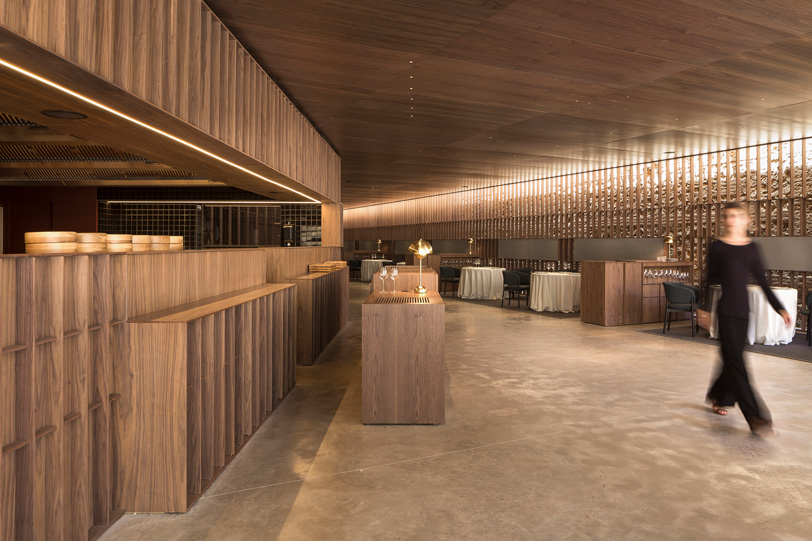
What is the importance of materials and sustainability in your projects?
The materiality is the plastic expression of the projects. Sustainability is achieved by creating timeless designs that don’t become obsolete. This can be somewhat contradictory in our profession, which is ephemeral, and thus, it ceases to be sustainable. Your creations must be timeless to ensure the work endures as long as possible.
What sets a hospitality project apart?
Success is guaranteed by clients who know their brand and their world. You have to bring the creative and beautiful aspect that makes the project interesting and be a conveyer of functionality and use. Although we design with materiality in mind, in many cases, it takes a back seat because there are too many uncertainties in circulation, the why of things…
What trends do you detect in hospitality?
There’s a trend towards very neutral styles, where everything is microtexture on the walls and rounded furniture. With the use of social media, especially Pinterest, nothing seems novel anymore.
Sometimes you don’t know what you’re looking at, whether there’s truly a professional behind it or some artificial intelligence tool. For that reason, I emphasize craftsmanship (understood as doing things well) because it helps understand the creative process, although we also believe in the industrial process: extrusion, prefabrication… These are paths that are part of design today. The trend is set by social media, but each professional tries to maintain their own criteria.
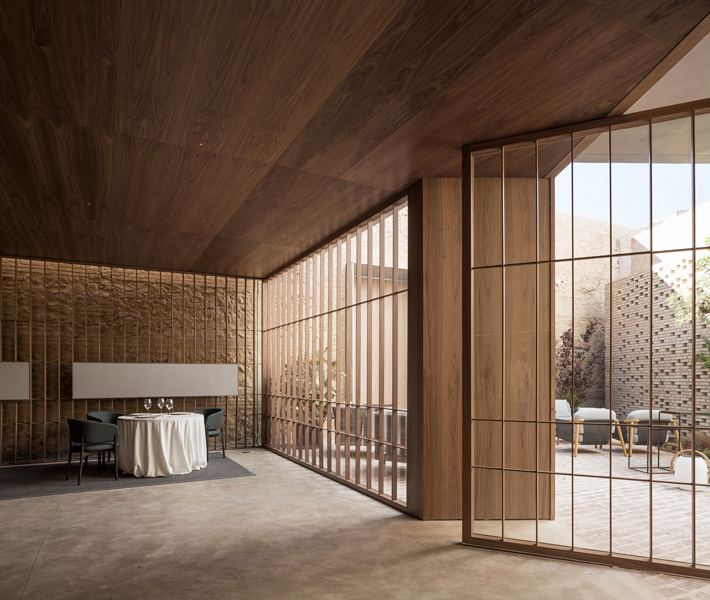
What lessons can we draw from the Eco-Jin Restaurant, the Concept Room that was seen at Interihotel 2023, where Finsa materials are used?
It’s an exercise in how to be creative in very few square meters. In this case, we used a Venetian blind, which is almost never meant to be outside a window, as a connector, divider, cladding, and even a ceiling. We’ve reinterpreted this tool, which provides translucency and opacity to create that oriental atmosphere.
What projects are you currently immersed in?
Too many (laughs). I’m involved in specific areas of interior design for the Santiago Bernabeu Stadium, such as VIP boxes and areas, transition zones, access to benches, connection to stores, offices… Nine years ago, we already designed the Valdebebas sports city, which was revolutionary for transforming a training ground into a residence.
In the hospitality sector, I’m working on a five-star hotel in Monterrey, Mexico, for Intercontinental. There are also projects of this type in Valencia, both in buildings listed by Heritage. Finally, I’m excited to highlight a winery in La Rioja.
Do you read interior design and architecture magazines?
When I was studying, I dedicated one day a week to reading magazines and books. Fortunately or unfortunately, now there are few print magazines, and everything is digital. What I do maintain to inspire myself is buying objects I see around the world. I stay up to date from a visual perspective by going to museums, which I find much more inspiring than two-dimensional media.
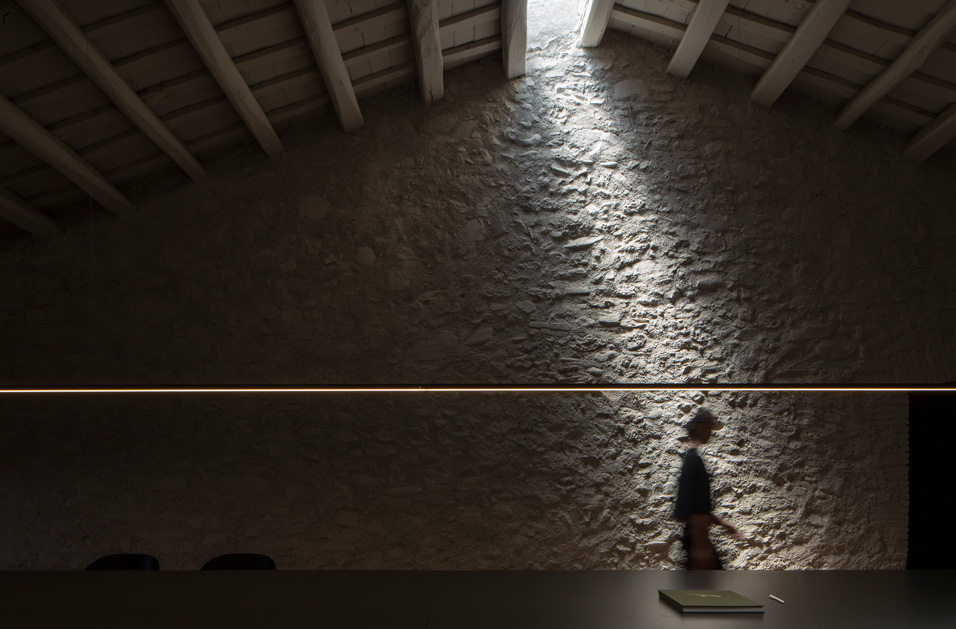
Tell us something that has recently inspired you…
Today at 5 a.m., I woke up in Oviedo, had a meeting in Barcelona at 10 a.m., in between I reviewed two projects… The day-to-day is so intense that you end up gathering information from everything. Traveling helps a lot because any element or detail helps with the creative process for a new table, chair…
I also love art, fashion, music, and stage design, lighting… These areas help add nuances to your projects. Of course, there’s a foundation of order and sobriety, and from there, I move between these influences and what each client demands.


